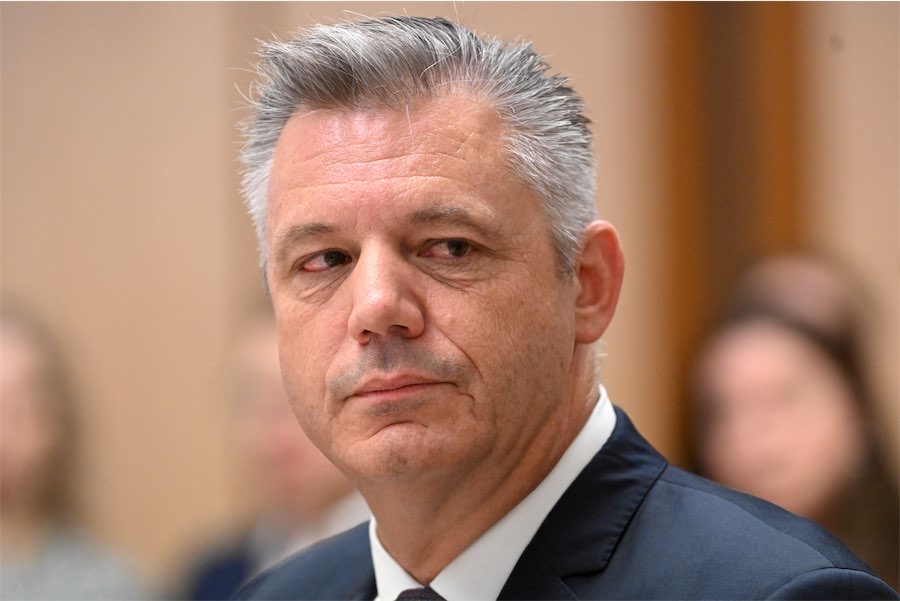THE solution to secure Australia’s electricity grid could be in the 185 recently identified sites in South Australia, which are potentially suitable for pumped hydro storage, according to researchers at the Australian National University.

In light of chief scientist Dr Alan Finkel’s final report on the review of the electricity market’s security, Prof Andrew Blakers says these new findings provided a valuable contribution to the national discussion on energy security.
“Our work shows that there are many sites in South Australia that may be suitable for establishing pumped hydro storage, to help build a sustainable, secure and affordable electricity grid,” said Prof Blakers, the study’s lead researcher from the ANU Research School of Engineering.
“This assessment is based on very appealing physical characteristics, but the 185 potential upper reservoir sites identified would require detailed due diligence involving land ownership, engineering, hydrological, environmental and other considerations.”
Prof Blakers says pumped hydro energy storage – which accounts for 97 per cent of energy storage worldwide – can be increased across the country to support high levels of renewable energy, primarily solar photovoltaics and wind.
The Australian Renewable Energy Agency (ARENA) is providing $449,000 support for an ANU-led feasibility study, aiming to develop a nation-wide atlas of potential off-river pumped hydro storage sites.
Off-river pumped hydro storage requires pairs of reservoirs, typically ranging from nine to 100 hectares, in hilly terrain and joined by a pipe with a pump and turbine. Water is circulated between the upper and lower reservoirs to store and generate power.
“All the potential sites in South Australia are outside national parks and urban areas, and like all hydro power can go from zero to full power very quickly,” Prof Blakers says.
The water would be stored in an upper reservoir and run through a turbine to a lower reservoir when electricity is needed, such as when the sun is not shining or the wind is not blowing. The water can then be pumped back uphill when electricity from renewables and other sources is abundant and cheaper.
Co-researcher Dr Matthew Stocks says pumped hydro storage, depending on the size of the reservoirs, would be capable of delivering maximum power from hours to more than a day.
“Our earlier work demonstrated the feasibility of 100 per cent renewable electricity for Australia supported by pumped hydro storage,” he says.
“About 400 hectares of reservoir is required to support a 100 per cent renewable energy grid for South Australia, which is four parts per million of the state’s land mass. Annual water requirement would be less than one per cent of South Australia’s annual extraction from the Murray River.”
ANU is partnering with ElectraNet and VTara Energy Group to conduct the Atlas of Pumped Hydro Energy Storage Study and develop a cost model for short-term off-river pumped hydro energy storage.
Who can be trusted?
In a world of spin and confusion, there’s never been a more important time to support independent journalism in Canberra.
If you trust our work online and want to enforce the power of independent voices, I invite you to make a small contribution.
Every dollar of support is invested back into our journalism to help keep citynews.com.au strong and free.
Thank you,
Ian Meikle, editor




Leave a Reply